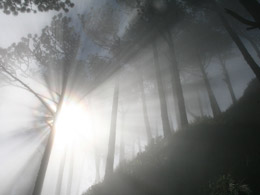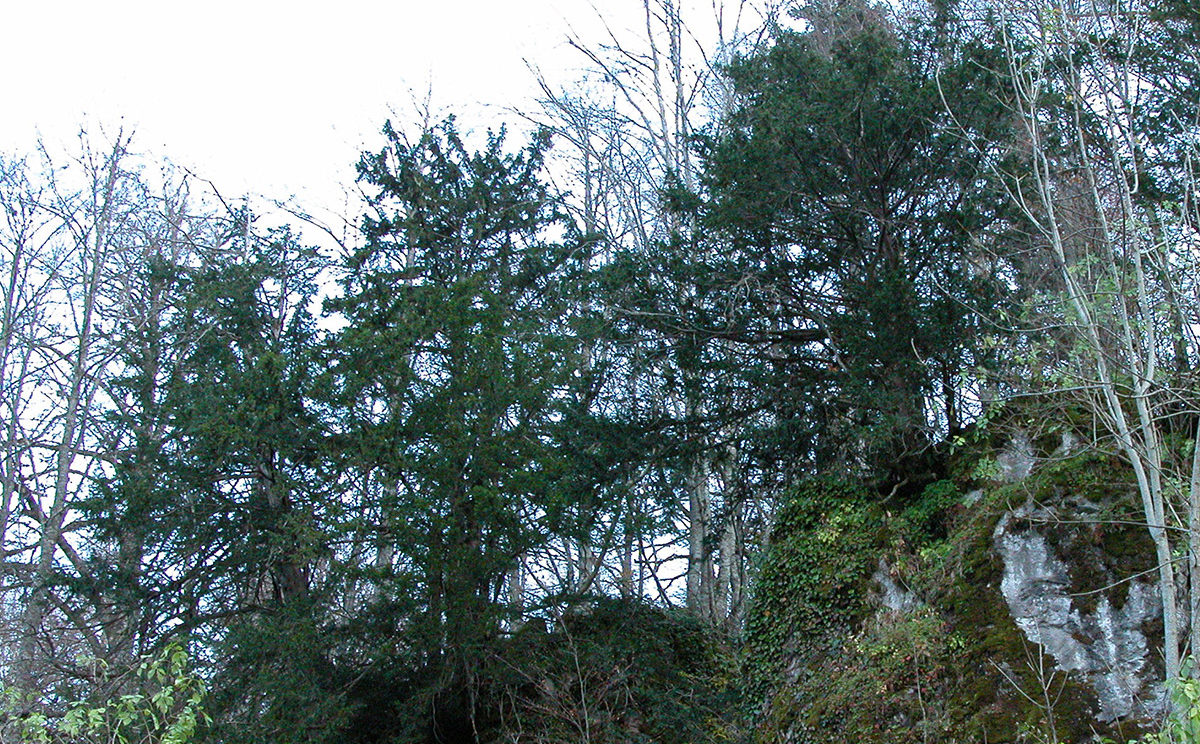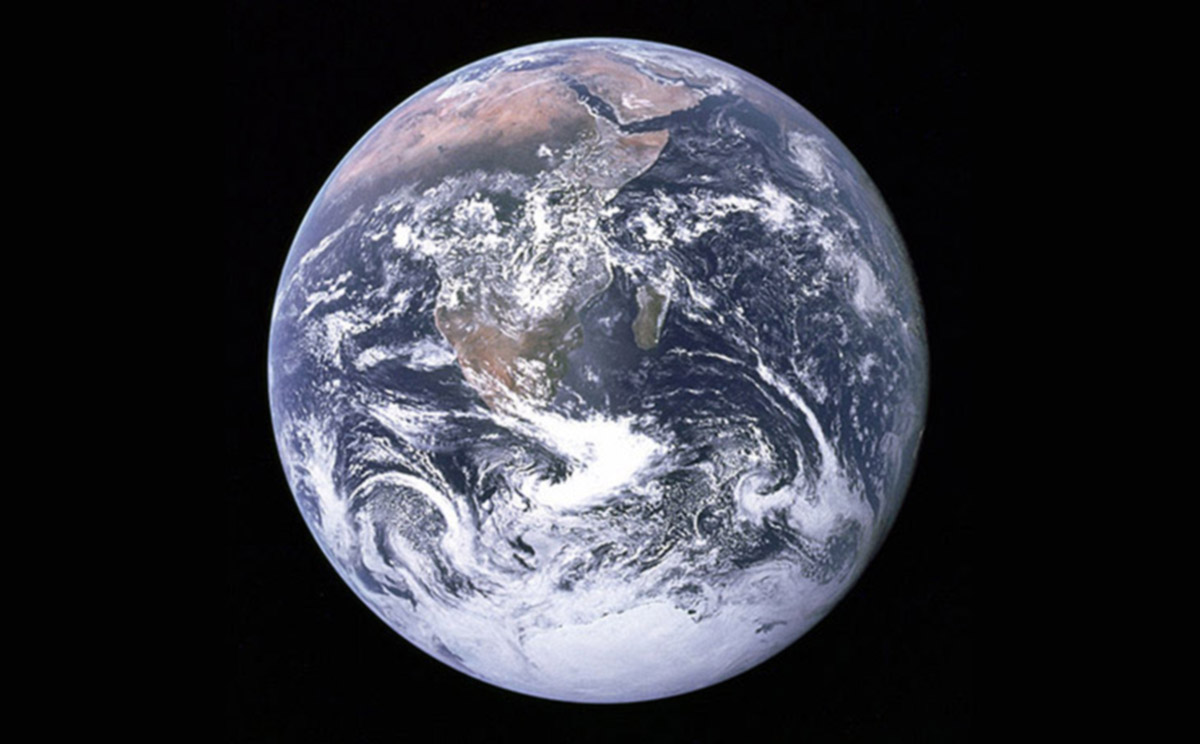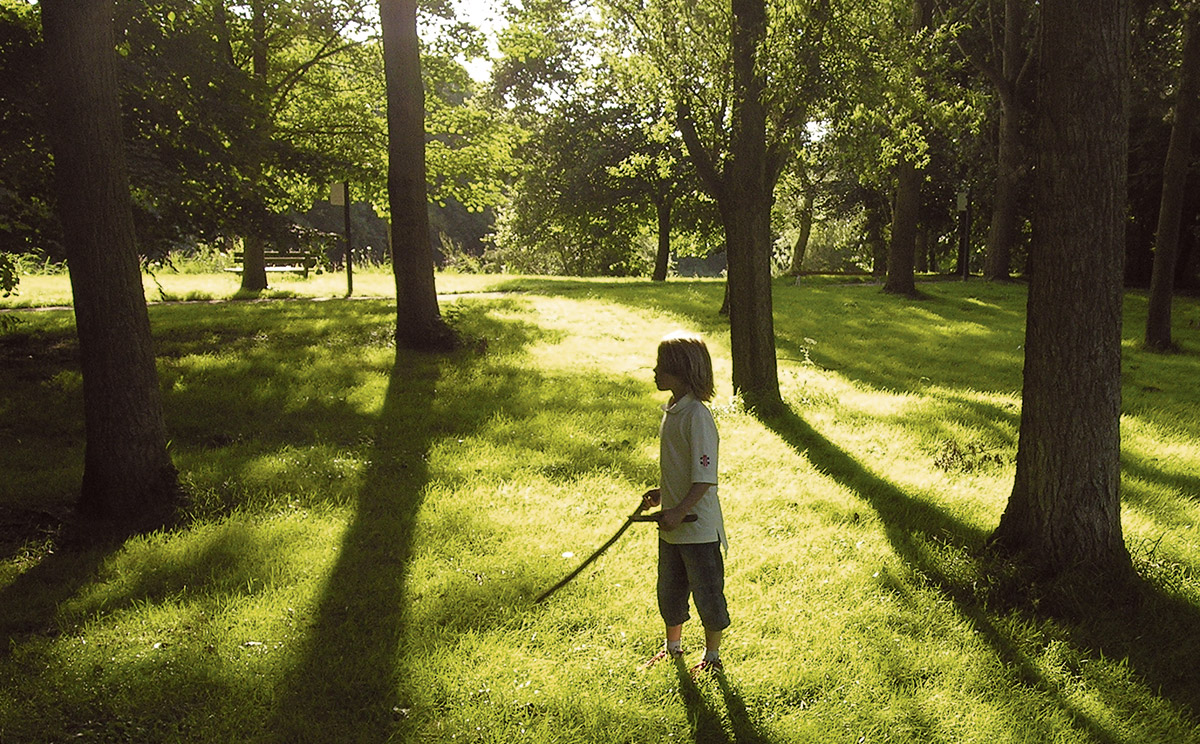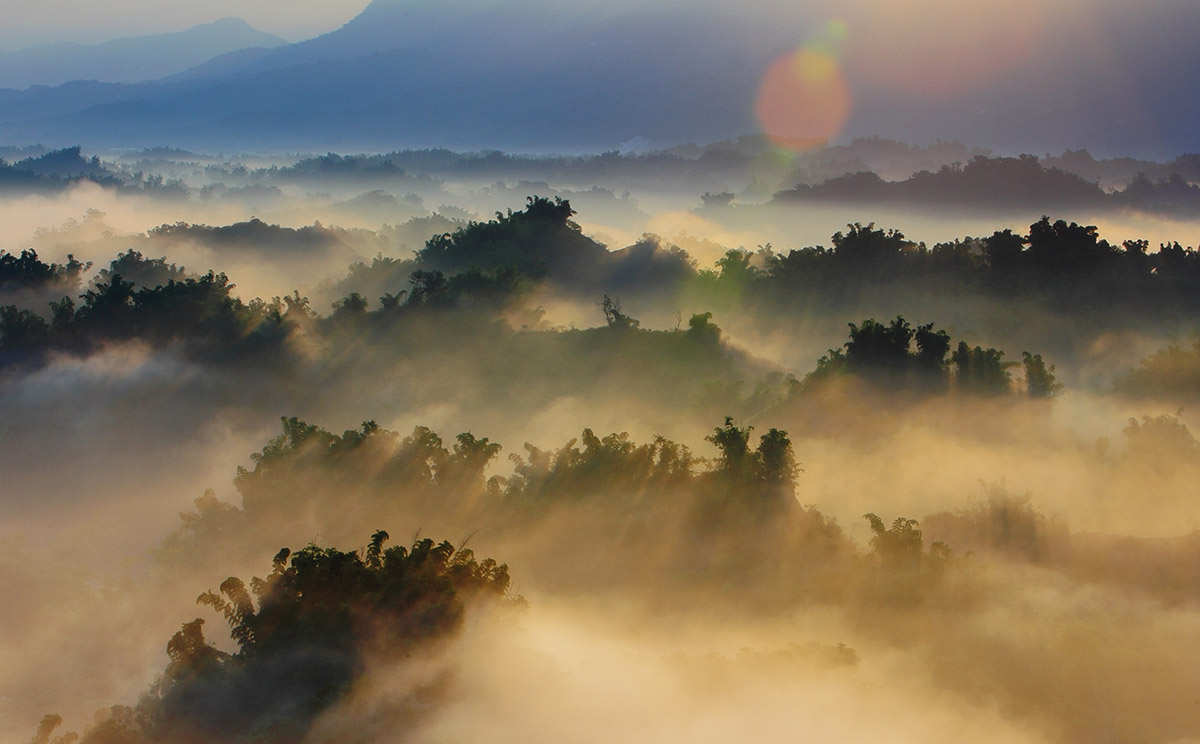Protecting sacred natural sites worldwide
Oct 2010
‘Sacred natural sites provide for the protection of biodiversity but also for the continuation of cultural practices,’ says Bas Verschuuren, Co-leader of the Specialist Group on Cultural and Spiritual Values of Protected Areas, a sub-division of the IUCN (= International Union for Conservation of Nature, the world’s largest and oldest conservation organisation), and Coordinator for the Sacred Natural Sites Initiative.
‘As most of the threats that sacred natural sites face today, such as tourism, industrialization and urbanization, affect both cultural and biological values, they weaken the special relationship between people and nature that is so typical to these areas and so precious not only to many cultures around the world but also to humanity as a whole.”
Verschuuren is also lead editor of a new book, Sacred Natural Sites: Conserving Nature and Culture, which is being launched by IUCN at the Convention on Biological Diversity conference in Nagoya, Japan. The launch is part of an event organised by ETC-COMPAS and IUCN and is dedicated to promoting sacred natural sites and their crucial role in conserving nature and culture.
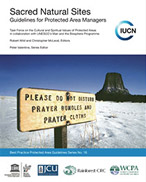
Furthermore, the IUCN Specialist Group together with UNESCO is publishing Sacred Natural Sites: Guidelines for Protected Area Managers, an action plan brochure in various language editions. So far, it can be downloaded in English, Spanish, Russian, French, Estonian, Japanese or Korean (translators wanted for other languages).
string: Mapping sacred sites for their protection, Sacred Site to be recognised term
